About
We aim at understanding how physical forces and molecular control modules cooperate to drive biological function.
We develop new technologies to map and perturb the main physical properties that determine how cells and tissues grow, move, invade and remodel.
By combining this physical information with systematic molecular perturbations and computational models we explore the principles that govern the interplay between chemical and physical cues in living tissues.
We study how these principles are regulated in physiology and development, and how they are derailed in cancer and aging.
Making cellular forces visible
To study cell and tissue dynamics we develop new technologies to measure physical forces at the cell-cell and cell-matrix interface. By combining these technologies with computational analysis of cell shape and velocity we obtain a full experimental characterization of epithelial dynamics during tissue growth, wound healing and cancer cell invasion.
Tumour invasion by stromal forces
Cancer cell invasion and metastasis remain the leading cause of death in patients with cancer. Both processes are the result of a complex interaction between tumor cells and their microenvironment. One of our main lines of research is to study how tumours exploit the functions of non-cancer cells in their microenvironment to invade and metastasize. We focus on the interaction between epithelial cancer cells and Cancer Associated Fibroblasts (CAFs), the most abundant cell type in the tumour stroma.
Optogenetics to control cell mechanics
The recent development of optogenetic technologies offers promising possibilities to control signalling pathways with high spatiotemporal resolution. By expressing genetically encoded light-sensitive proteins, optogenetic technology enables the reversible perturbation of intracellular biochemistry with subcellular resolution. We have developed optogenetic tools based on controlling the activity of endogenous RhoA to upregulate or downregulate cell contractility and to control cell shape and mechanotransduction.
Collective durotaxis: a mechanism for cellular guidance by mechanical cues
Directed cell migration is one of the earliest observations in cell biology, dating back to the late XIX century. Also known as taxis, directed cell migration has been commonly associated with chemotaxis, i.e. the ability of a broad variety of cell types to migrate following gradients of chemical factors. We recently demonstrated a new mode of collective cell guidance by mechanical cues, called collective durotaxis. This new migration mode emerges only in cell collectives and, strikingly, does not require isolated cells to exhibit gradient sensing.
Organoid mechanobiology
Organoids are large multicellular structures that self-organize in vitro and maintain a similar organization and functionality than the organ from which they are derived. Organoids from many organs have now been obtained from embryonic stem cells, induced pluripotent stem cells and organ progenitors. We use intestinal and kidney organoids to study how epithelia adopt three-dimensional shapes that closely resemble their structure in vivo. We also use organoids grown from primary tumors to understand how epithelial structure and function are lost with disease progression.
Engineering epithelial shape and mechanics from the bottom up
We develop new approaches to engineer epithelia in 3D. Using these approaches, we study the principles that govern the emergence of tissue shape from the bottom up. We recently found that epithelial sheets can stretch up to four times their initial area without breaking, and that they are able to recover their initial size in a fully reversible way when unstretched. Surprisingly, some cells in the tissue barely stretch, while others become ‘superstretched’, increasing their area more than ten times. We call this phenomenon ‘active superelasticity’.
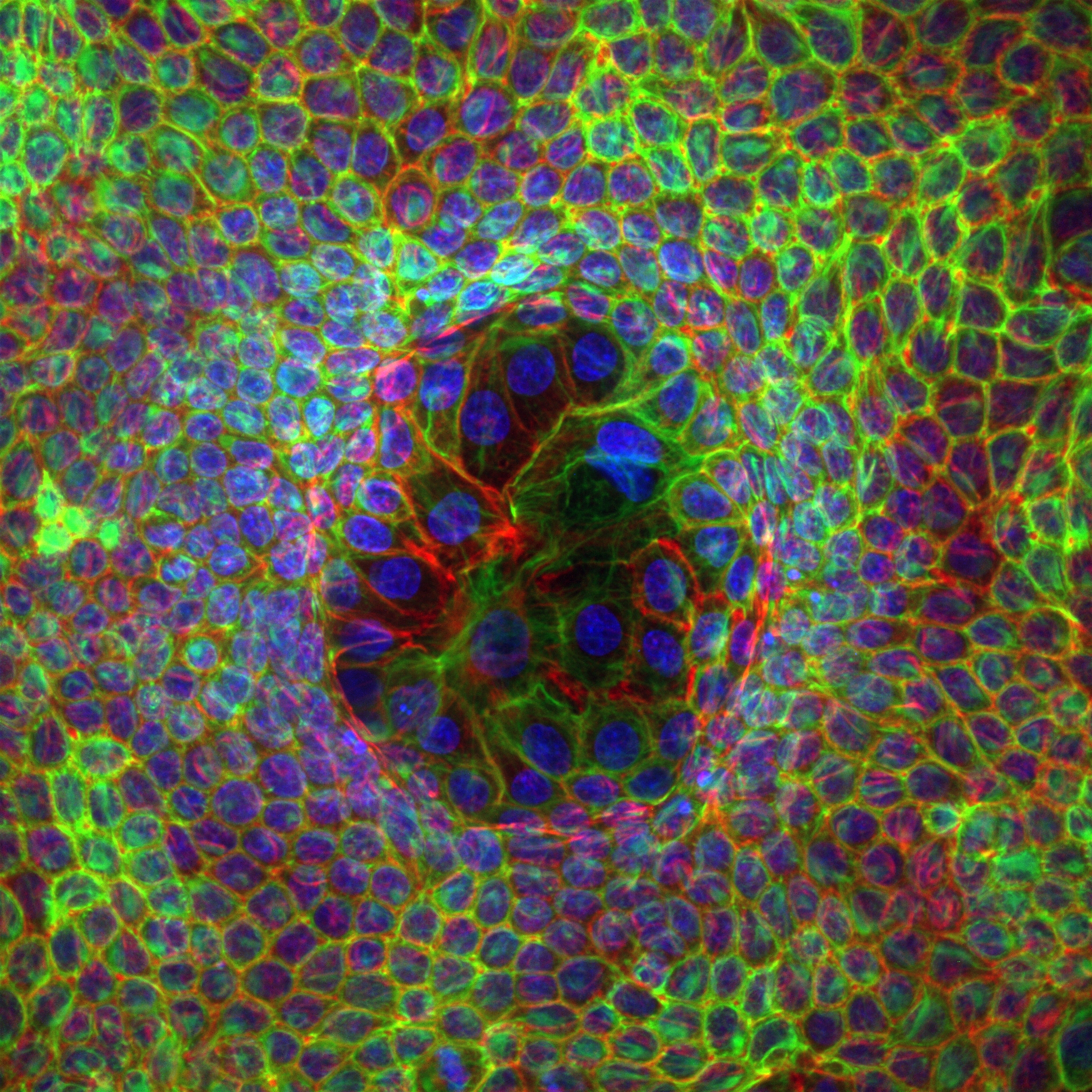

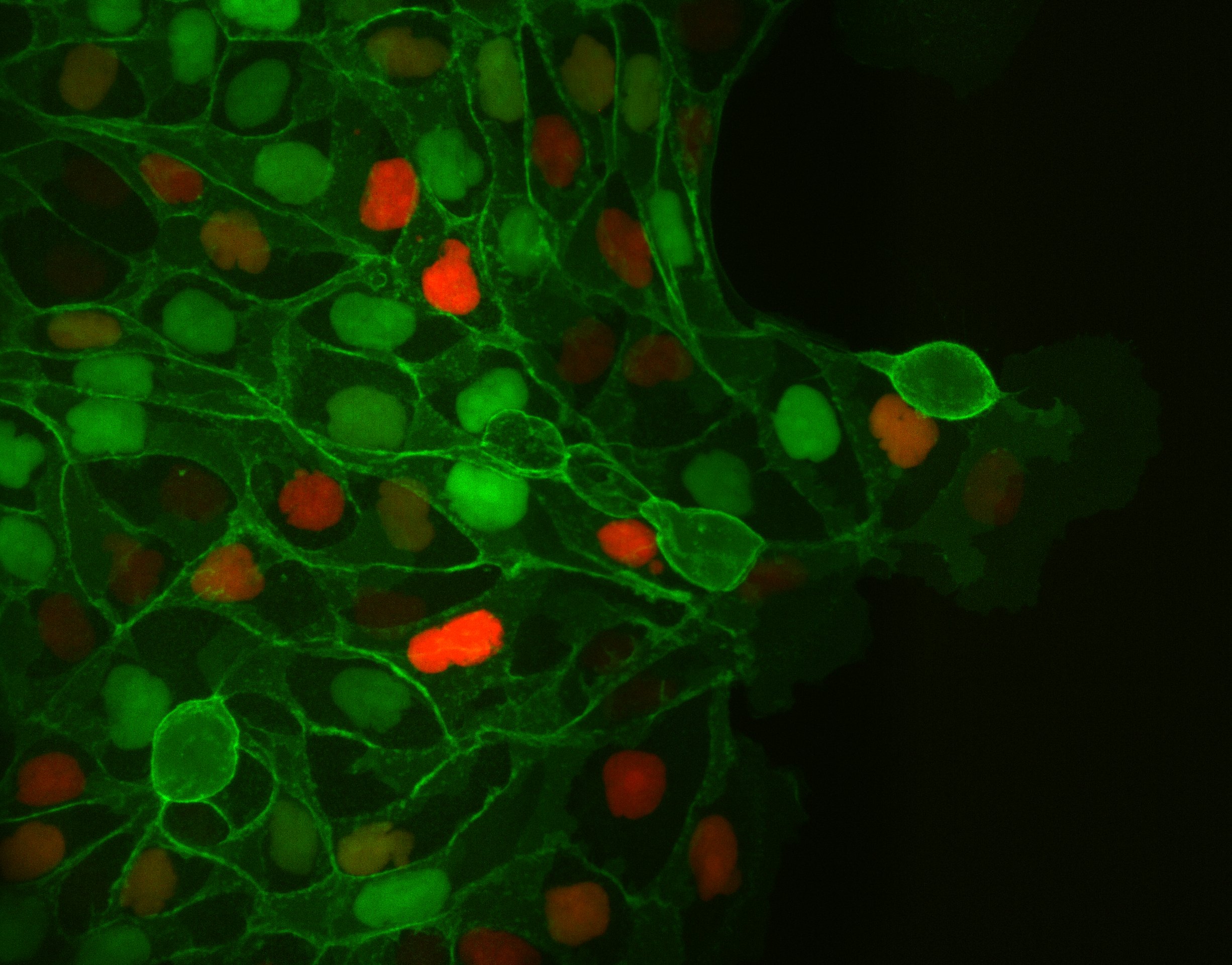
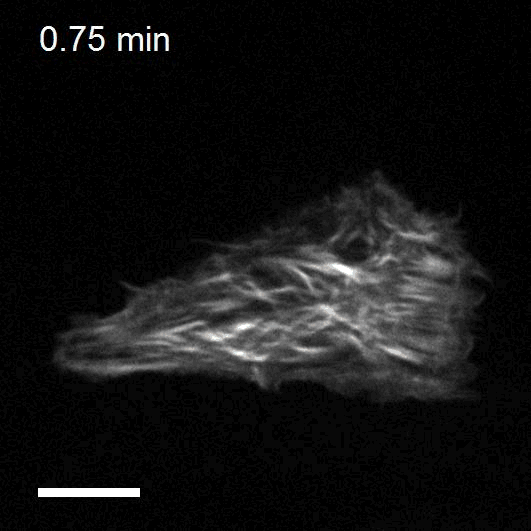
Staff
Xavier Trepat
Projects
| NATIONAL PROJECTS | FINANCER | PI |
|---|---|---|
| mGRADIENTMecanobiología de la migración colectiva durante la haptotaxis y la durotaxis: aplicación a los organoides intestinales (2019-2022) | MICIU Generación Conocimiento: Proyectos I+D | Xavier Trepat |
| DYNAGELHidrogeles biocompatibles con rigidez dinámicamente ajustable para estudiar la mecanobiología de células y tejidos (2019-2022) | MICIU Retos investigación: Proyectos I+D | Raimon Sunyer |
| INTERNATIONAL PROJECTS | FINANCER | PI |
|---|---|---|
| EpiFold Engineering epithelial shape and mechanics: from synthetic morphogenesis to biohybrid devices (2021-2025) | European Commission, ERC-AdG | Xavier Trepat |
| The role of intermediate filaments in stress resistance in 3D epithelial structures (2021-2023) | Deutsche Forschungsgemeinschaft (DFG), Walter Benjamin-Programme | Tom Golde |
| Mechano·Control Mechanical control of biological function (2017-2022) | European Commission, FET Proactive | Xavier Trepat |
| Control of cell collective flows and tissue folding by means of surface patterns (2021-2022) | Human Frontier Science Program, HFSP Beca postdoctoral | Pau Guillamat |
| PRIVATELY-FUNDED PROJECTS | FINANCER | PI |
|---|---|---|
| Mech4Cancer · Enabling technologies to map nuclear mechanosensing: from organoids to tumors (2020-2023) | Obra Social La Caixa: Health Research Call | Xavier Trepat |
| T cell exclusion during cancer immune evasion and immunotherapy failure: cell types, transcriptional programs and biomechanics (2020-2023) | Fundació La Marató de TV3 | Xavier Trepat |
| Joint Programme Healthy Ageing | Obra Social La Caixa | Xavier Trepat |
| Understanding and measuring mechanical tumor properties to improve cancer diagnosis, treatment, and survival: Application to liquid biopsies (2017-2022) | Obra Social La Caixa | Xavier Trepat |
| FINISHED PROJECTS | FINANCER | PI |
|---|---|---|
| OPTOLEADER Optogenetic control of leader cell mechanobiology during collective cell migration (2019-2021) | European Commission, MARIE CURIE – IF | Leone Rossetti |
| MECHANOIDS Probing and controlling the three-dimensional organoid mechanobiology (2019-2021) | European Commission, MARIE CURIE – IF | Manuel Gómez |
| TensionControl Multiscale regulation of epithelial tension (2015-2020) | European Commission, ERC – CoG | Xavier Trepat |
| El mecanoma de la adhesión epitelial: mecanismos de detección, resistencia y transmisión de fuerzas intercelulares | MINECO, I+D-Investigación fundamental no orientada | Xavier Trepat |
| MICROGRADIENTPAGE Micro Gradient Polyacrylamide Gels for High Throughput Electrophoresis Analysis | European Commission, ERC-PoC | Xavier Trepat |
| GENESFORCEMOTION Physical Forces Driving Collective Cell Migration: from Genes to Mechanism | European Commission, ERC-StG | Xavier Trepat |
| CAMVAS Coordination and migration of cells during 3D Vasculogenesis (2014-2017) | European Commission, MARIE CURIE – IOF | Xavier Trepat |
| DUROTAXIS Mecanobiología de la durotaxis: de las células aisladas a los tejidos | MINECO, Proyectos I+D Excelencia | Xavier Trepat |
Publications
Equipment
- Soft Lithography
- Micro/Nano fabrication
- Cell stretching
- Live Confocal Microcopy
- Magnetic Tweezers
- Magnetic Twisting Cytometry
- Monolayer stress microscopy
- Traction microscopy
Collaborations
- Julien Colombelli / Eduard Batlle
Institute for Research in Biomedicine (IRB) Barcelona - Marino Arroyo
Universitat Politècnica de Catalunya, Barcelona - Guillaume Charras / Roberto Mayor
University College London, UK - Erik Sahai
Cancer Research, UK - Benoit Ladoux
Université Paris 7, France - Jim Butler & Jeff Fredberg
Harvard University, Boston - Danijela Vignjevic
Institut Curie, Paris - Jonel Trebicka
Department of Internal Medicine I, University Hospital Frankfurt - Eduard Batlle
Institute for Research in Biomedicine (IRB) Barcelona
News

Your face is pushed forward from the back of your head
The embryonic stem cells that form faces – neural crest cells – use an unexpected mechanism to develop our facial features, according to a new UCL-led study involving IBEC researchers. By identifying how these cells move, the researchers’ findings could help understand how facial defects, such as cleft palate and facial palsy, occur. This newly described mechanism is likely to be found in other cell movement processes, such as cancer invasion during metastasis or wound healing, so the findings may pave the way to developing a range of new therapies for these, too.
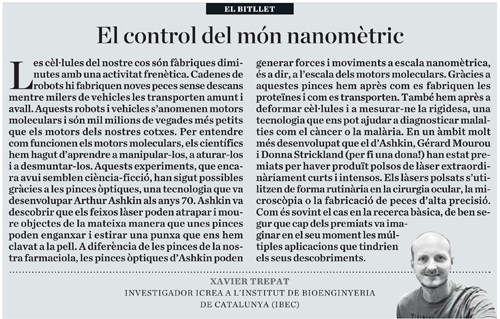
“El control del món nanomètric”
IBEC group leader Xavier Trepat penned a short article for ARA magazine in which he discusses the research of Arthur Ashkin, Gérard Mourou and Donna Strickland, winners of the the Nobel Prize for Physics.
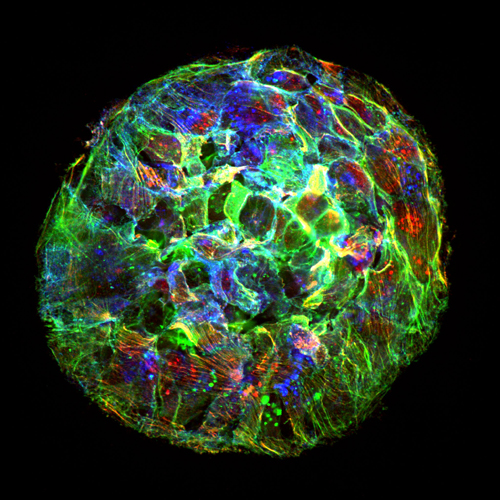
The way tumor cells expand challenges current physics
Researchers from IBEC and UB have discovered that the way tumor cells expand defies the laws of physics. In an article published today in Nature Physics, the researchers have challenged our current understanding of the discipline and developed a new framework that could help predict the conditions under which tumors initiate metastasis.
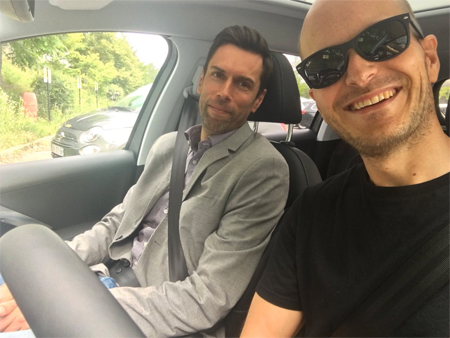
Nature Physics’ ‘Insight’ issue features IBEC/Crick article
A review by IBEC group leader and ICREA research professor Xavier Trepat is one of six featured in Nature Physics’ latest ‘Insight’ issue, ‘The Physics of Living Systems’, in which all the articles have been co-authored by a physicist and a biologist. Penned together with collaborator Erik Sahai from London’s Francis Crick Institute, Xavier’s article, ‘Mesoscale physical principles of collective cell organization’, reviews recent evidence showing that cell and tissue dynamics are governed by mesoscale physical principles – force, density, shape, adhesion and self-propulsion.
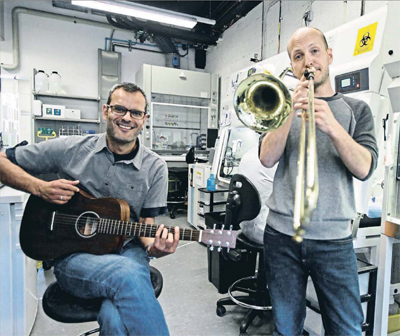
“La música de la ciencia”
In a La Vanguardia feature by Josep Corbella, IBEC’s Xavier Trepat is interviewed along with IRB’s Salvador Aznar-Benitah about the important role music plays in their lives, how it has affected their careers as researchers, and about the relation and similarities between musical and scientific creativity.
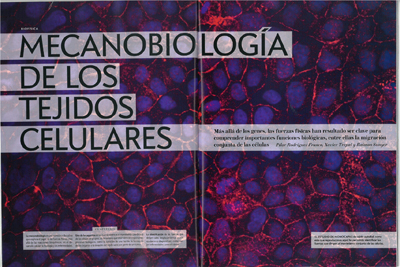
“Mecanobiología de los tejidos celulares’
An article by IBEC researchers Pilar Rodríguez, Xavier Trepat and Raimon Sunyer about the importance of physical forces in understanding biological function appears in the June edition of Investigación y Ciencia, the Spanish-language version of Scientific American magazine.
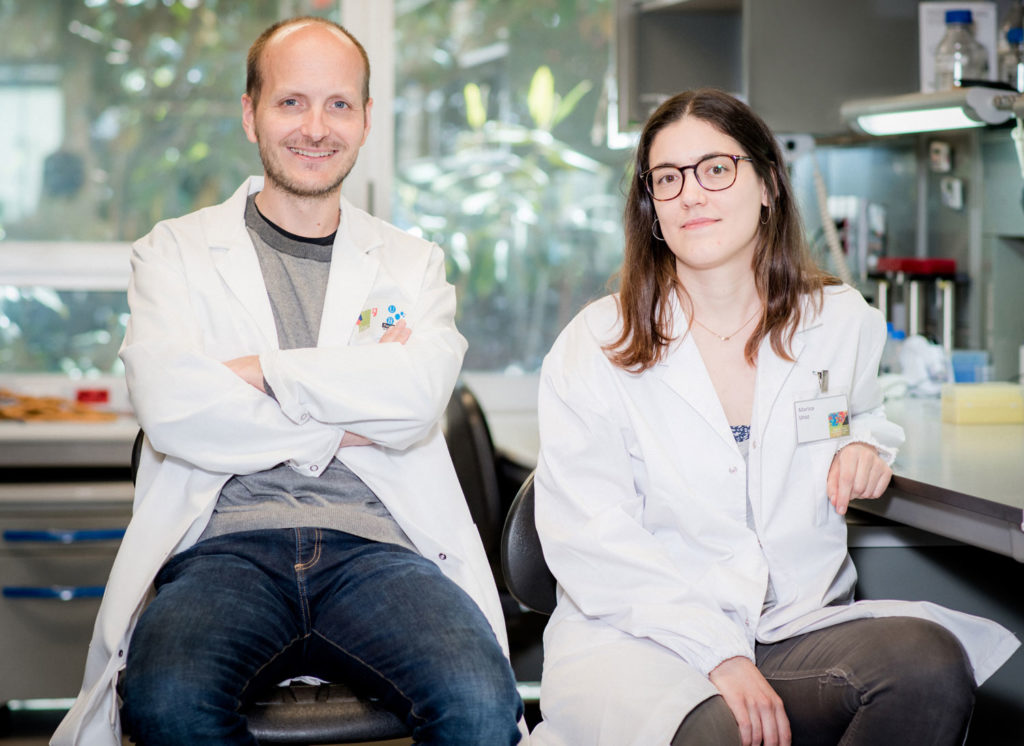
Physical forces regulate cell division
Researchers at IBEC have discovered that cell division in epithelial tissues is regulated by mechanical forces. This revelation could potentially open avenues to a greater understanding of the uncontrolled proliferation of cancer cells in tumors, and their possible regulation by means of physical forces. Publishing in the June edition of Nature Cell Biology, the research group of ICREA professor Xavier Trepat, group leader at IBEC and associate professor at the University of Barcelona (UB), describe how the mechanical state of epithelial tissues – the continuous sheets of cells that cover all the exposed surfaces of the body – is related to the cell cycle and cell division.
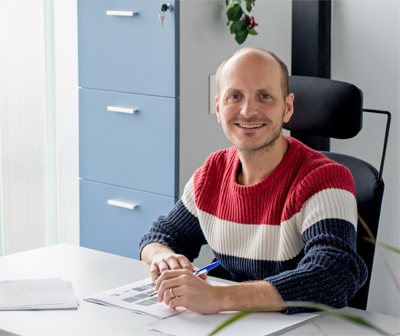
IBEC group leader elected member of EMBO
IBEC group leader and ICREA research professor Xavier Trepat has been elected as a Member of EMBO, the European Molecular Biology Organisation. EMBO’s members are 1,800 leading researchers that promotes excellence in the life sciences, and new ones are elected annually in recognition of their contributions to scientific excellence. Of the 62 researchers from 24 countries to receive membership this year, Xavier is one of the only two researchers in Spain. The Integrative Cell and Tissue Dynamics group leader is IBEC’s first full EMBO Member, and one of just 79 based in Spain. In 2016 IBEC group leader Pere Roca-Cusachs was accepted into the EMBO Young Investigator Programme.

IBEC research on cover of Trends
Alberto Elosegui-Artola, Xavier Trepat and Pere Roca-Cusachs’ paper in Trends in Cell Biology has made the cover of the latest issue of the Cell-family journal. In ‘Control of Mechanotransduction by Molecular Clutch Dynamics’, the IBEC researchers review how cell dynamics and mechanotransduction are driven by molecular clutch dynamics. The molecular clutch hypothesis suggests a mechanism of coupling between integrins and actin during cell migration, whereby a series of bonds that dynamically engage and disengage link cells to their microenvironment.

Shedding light on metastasis in the brain
Researchers have shown for the first time that ion channels that are capable of detecting changes in the physical properties of the cellular environment play a key role in tumor invasion and metastasis. The discovery, led by led by Miguel Angel Valverde from the Department of Experimental and Health Sciences of the UPF and involving IBEC’s Integrative Cell and Tissue Dynamics group, could open new avenues in the development of new drugs that reduce the risk of metastasis.


 ibecbarcelona.eu
ibecbarcelona.eu